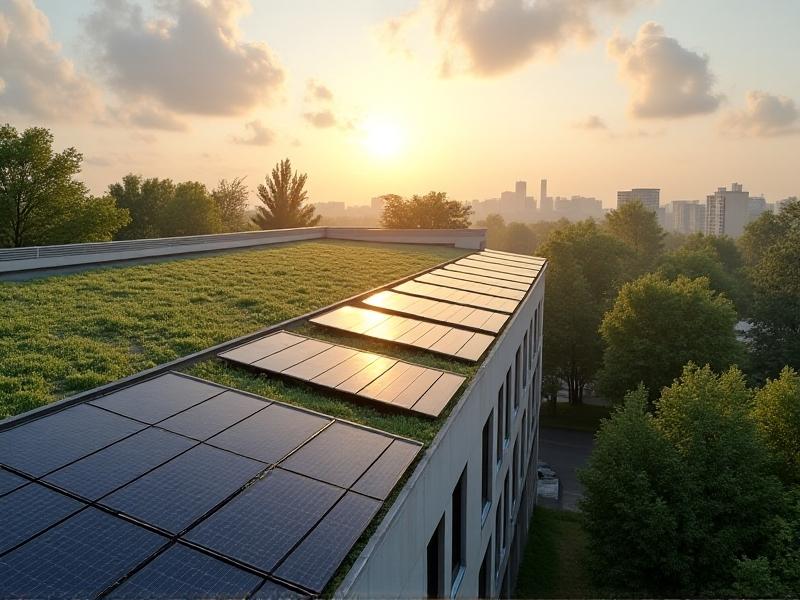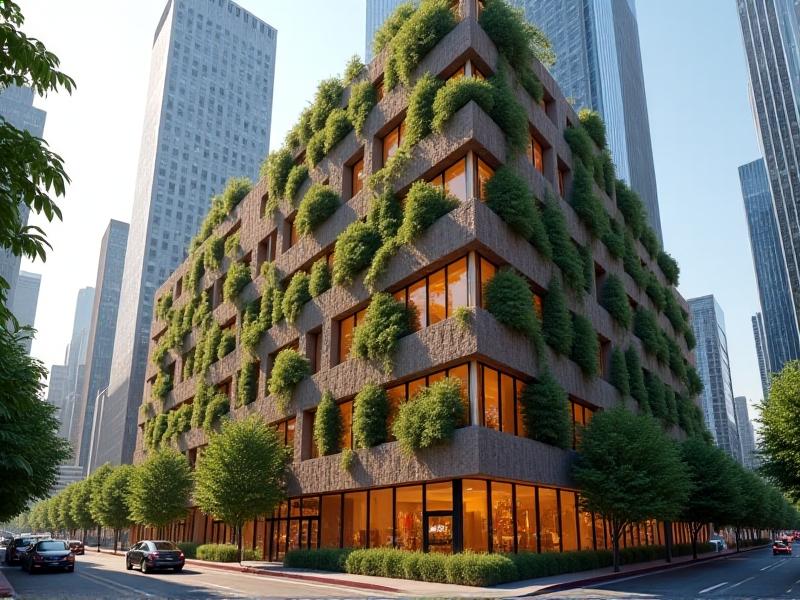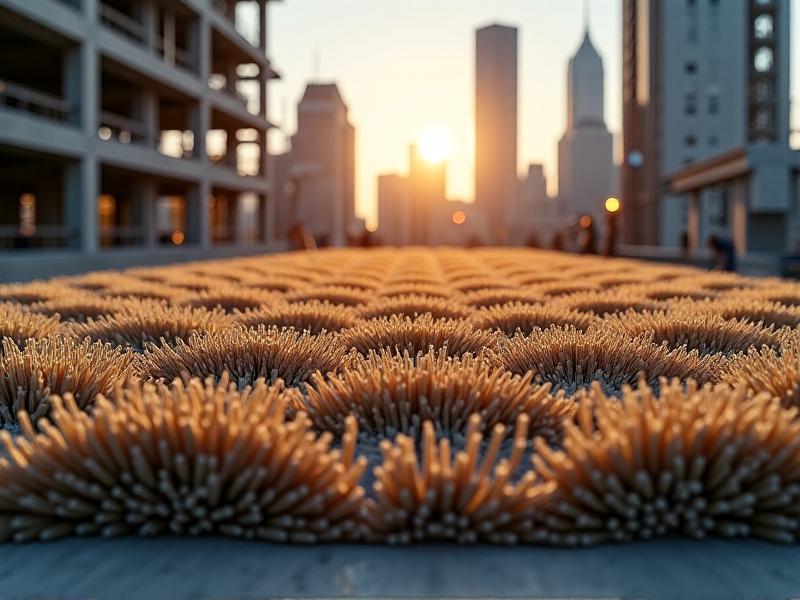Low-Cost Substrate Formulations for Budget-Conscious Builders
Introduction to Low-Cost Substrate Formulations
For budget-conscious builders, finding cost-effective solutions without compromising quality is a top priority. Substrates, the underlying layers that provide stability and support for various construction projects, can often be a significant expense. However, with the right knowledge and materials, it’s possible to create low-cost substrate formulations that meet structural and aesthetic requirements. This article explores innovative, affordable substrate options, their benefits, and how they can be implemented in different building scenarios.
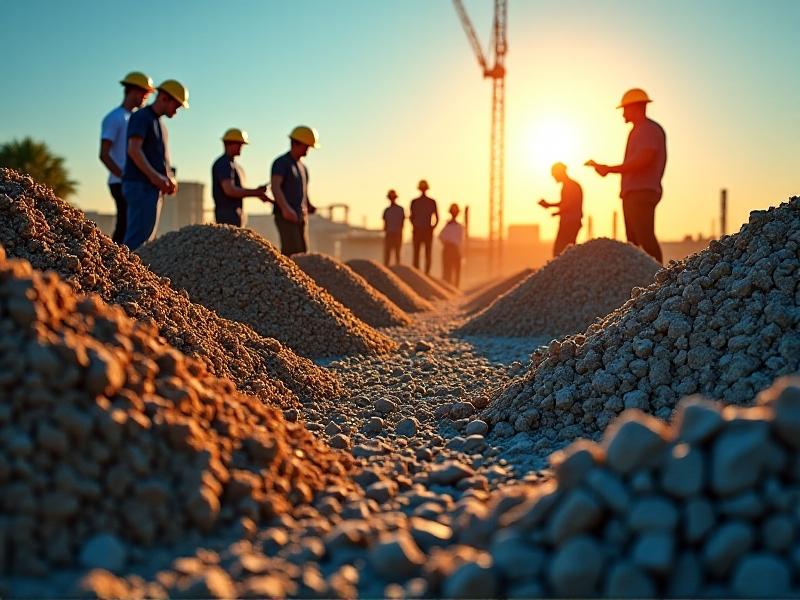
Understanding Substrates and Their Role in Construction
Substrates are foundational materials used to create a stable base for flooring, walls, roofs, and other structural elements. They play a critical role in ensuring durability, moisture resistance, and load-bearing capacity. Traditional substrates like concrete and plywood can be expensive, but alternatives such as compacted soil, recycled materials, and engineered wood products offer cost savings. Understanding the properties and applications of these materials is essential for making informed decisions.
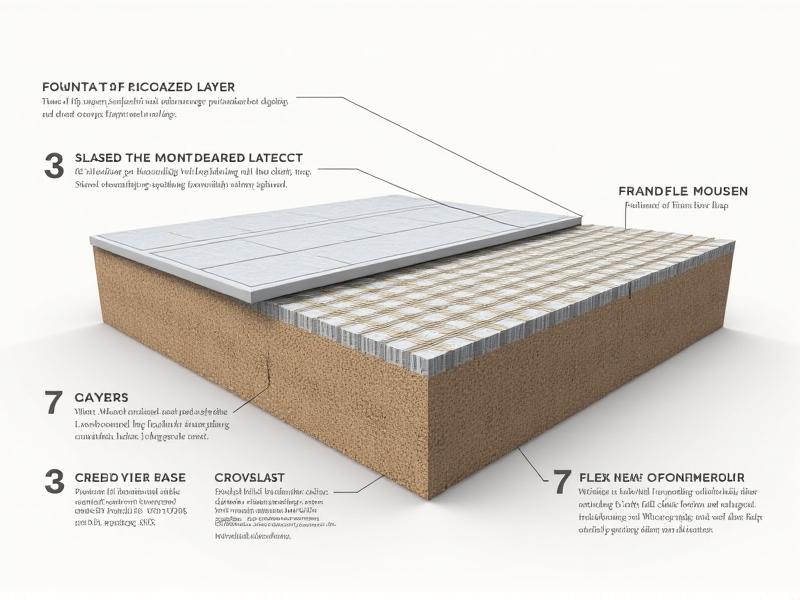
Benefits of Low-Cost Substrate Formulations
Using low-cost substrates offers several advantages beyond financial savings. These materials are often eco-friendly, reducing the environmental impact of construction projects. They can also be easier to source locally, minimizing transportation costs and supporting local economies. Additionally, many affordable substrates are lightweight and easy to work with, reducing labor costs and construction time. By choosing the right materials, builders can achieve high-quality results without breaking the bank.

Exploring Affordable Substrate Materials
There are numerous low-cost substrate materials available, each with unique properties and applications. Compacted soil is a traditional and economical choice for foundations, while recycled concrete and asphalt can be repurposed for driveways and walkways. Engineered wood products like oriented strand board (OSB) provide a cost-effective alternative to plywood. Other options include gravel, sand, and even agricultural byproducts like straw bales. Evaluating the specific needs of a project can help builders select the most suitable material.
Step-by-Step Guide to Creating Low-Cost Substrates
Creating a low-cost substrate involves careful planning and execution. Start by assessing the project requirements, including load-bearing capacity and moisture resistance. Next, source materials locally to reduce costs and environmental impact. Prepare the site by clearing debris and leveling the ground. Layer the substrate materials systematically, ensuring proper compaction and stability. Finally, test the substrate for durability and make adjustments as needed. Following these steps can result in a high-quality, budget-friendly foundation.
Case Studies: Successful Projects Using Low-Cost Substrates
Several construction projects have successfully utilized low-cost substrates to achieve impressive results. For example, a community center in a rural area used compacted soil and recycled concrete for its foundation, significantly reducing costs. Another project involved building a sustainable home with straw bale walls and an engineered wood floor, showcasing the versatility of affordable materials. These case studies highlight the potential of low-cost substrates in diverse applications and inspire builders to think creatively.
Tips for Sourcing and Using Low-Cost Substrates
To maximize savings and efficiency, builders should consider several tips when sourcing and using low-cost substrates. Establish relationships with local suppliers to negotiate better prices and ensure consistent quality. Use online marketplaces and classified ads to find recycled or surplus materials. Test materials for compatibility and performance before committing to large-scale use. Collaborate with other builders to share resources and knowledge. By adopting these strategies, builders can make the most of low-cost substrate options.
Future Trends in Affordable Substrate Technology
The construction industry is continually evolving, with new technologies and materials emerging to meet the demand for affordable and sustainable solutions. Innovations like 3D-printed substrates, bio-based materials, and advanced recycling techniques are paving the way for even more cost-effective options. As these technologies become more accessible, they will empower builders to create high-quality structures at lower costs. Staying informed about these trends can help builders stay ahead of the curve and make smarter material choices.
Challenges and Solutions in Low-Cost Substrate Applications
While low-cost substrates offer many benefits, they also come with challenges. Issues like material inconsistency, limited availability, and lack of technical knowledge can hinder their effective use. However, these challenges can be addressed through proper planning, education, and collaboration. Builders can attend workshops, consult with experts, and conduct thorough research to overcome these obstacles. By proactively addressing potential issues, builders can successfully implement low-cost substrates in their projects.
Conclusion: Embracing Low-Cost Substrates for Sustainable Building
Low-cost substrate formulations are a game-changer for budget-conscious builders, offering a practical and sustainable alternative to traditional materials. By understanding the properties, benefits, and applications of these materials, builders can create durable and eco-friendly structures without overspending. With careful planning, sourcing, and execution, low-cost substrates can revolutionize the construction industry and pave the way for a more sustainable future.



